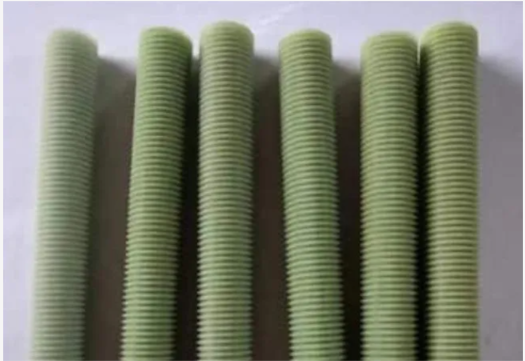
FRP fasteners (Fiber Reinforced Polymer fasteners) are becoming increasingly popular in various industries due to their impressive strength and durability. Made from a composite material that combines fibers (such as glass, carbon, or aramid) with a polymer resin, FRP fasteners are designed to withstand harsh conditions while offering superior mechanical properties. Their lightweight nature makes them a preferred choice in applications where weight is a crucial factor. These fasteners are corrosion-resistant, which makes them highly suitable for industries that deal with aggressive environments, such as marine, aerospace, and construction.
Resistance to Environmental Challenges
One of the key advantages of FRP fasteners is their exceptional resistance to environmental challenges. Unlike metal fasteners, FRP fasteners do not rust or degrade when exposed to moisture, chemicals, or high temperatures. This resistance makes them ideal for industries dealing with marine conditions, wastewater treatment plants, and even oil and gas. By providing long-lasting performance, FRP fasteners reduce the need for frequent maintenance or replacements, leading to cost savings over time.
Applications in Structural Reinforcement
FRP fasteners play a critical role in reinforcing structures. They are commonly used in the construction of bridges, buildings, and other infrastructures that require enhanced strength and reliability. The ability to incorporate FRP fasteners into structural elements offers a solution to improve the overall integrity of structures without adding excessive weight. Moreover, FRP fasteners can help mitigate the impact of vibrations and stresses, improving the performance of buildings and machinery under dynamic loads.
Advancements in FRP Fastener Manufacturing
Manufacturers have made significant advancements in the production of FRP fasteners, improving their performance and versatility. Today’s fasteners are more sophisticated, offering a wider range of designs and sizes to meet the diverse needs of different industries. New innovations in manufacturing processes have also led to better bonding properties, making it easier to combine FRP fasteners with other materials. As technology continues to advance, the demand for high-performance FRP fasteners is expected to grow across various sectors.
Cost Efficiency in Long-Term Use
Although FRP fasteners may come with a higher initial cost compared to traditional fasteners, their long-term cost efficiency cannot be ignored. The reduced maintenance and replacement frequency make them a more affordable choice over time. With their enhanced durability, resistance to environmental degradation, and superior strength-to-weight ratio, FRP fasteners provide a valuable return on investment, particularly in applications that require consistent performance under harsh conditions.FRP Fastener